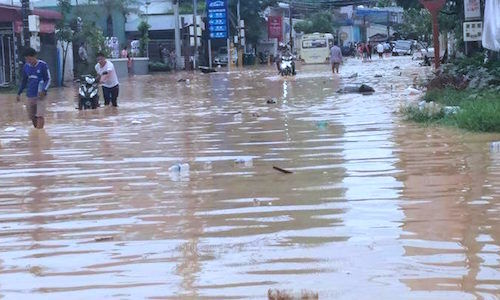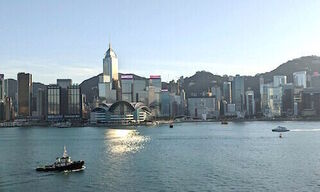Sihanoukville, a Cambodian city of nearly 160,000, having fallen victim to «rocket speed» growth from Chinese capital which owns more than 90 percent of local businesses and risks sinking the city with unprecedented flooding.
Cambodian Prime Minister Hun Sen has welcomed Chinese capital and state-owned companies to support various projects including a port, alongside roads, bridges and other infrastructure. Unsurprisingly, Chinese capital has also seeped into other markets with Sihanoukville being an example of its sheer economic dominance.
According to July reports from provincial authority Preach Sinaouk, more than 90 percent of businesses in Sihanoukville are Chinese-owned. It highlights other notable figures in several sectors: 150 out of 156 hotels and guest houses are owned by Chinese; 58 out of 62 casinos are developed by Chinese capital; and 414 out of 436 restaurants are managed by Chinese.
But despite rapid growth in Sihanoukville that has erected numerous casinos, high-rise condos and hotels, basic infrastructure hasn’t been able to catch up, according to local NGO «Mother Nature Cambodia», which underlines an overstrained sewage system that is intensifying floods to unbearable levels and blames it on heavy Chinese investments.
Unprecedented Flooding
«The development of the construction projects is carried out at rocket speed,» said Thon Ratha, a worker at Mother Nature Cambodia, in an «SCMP» report. «There are only so many hotels and casinos that can be built in a small city without upgrading the infrastructure.»
According to another non-profit organization from the province, M’lop Tapang, it has not seen such severe flooding in the 11 years its offices have been based the current building, which was submerged two meters deep in a flood last month that also killed two and waterlogged nearly 1,000 homes.
«People here are worried and frustrated. It’s a very dangerous situation,» said M’lop Tapang co-director Maggie Eno.
The Worst Has Yet To Come
Water management infrastructure has lagged, relative to the high growth in other socially less crucial sectors, which is placing unsustainable pressure on the city’s sewage systems. Whilst it has traditionally faced yearly five-month monsoons, its natural landscape provided ample water filters through marshland and lakes which have been lost to new development.
«You don’t need to be a scientist to figure out there will be a flooding disaster,» Thon Ratha added. «We could start to see floods increasing across the city. This [recent flood] was like nothing before. It was scary»














